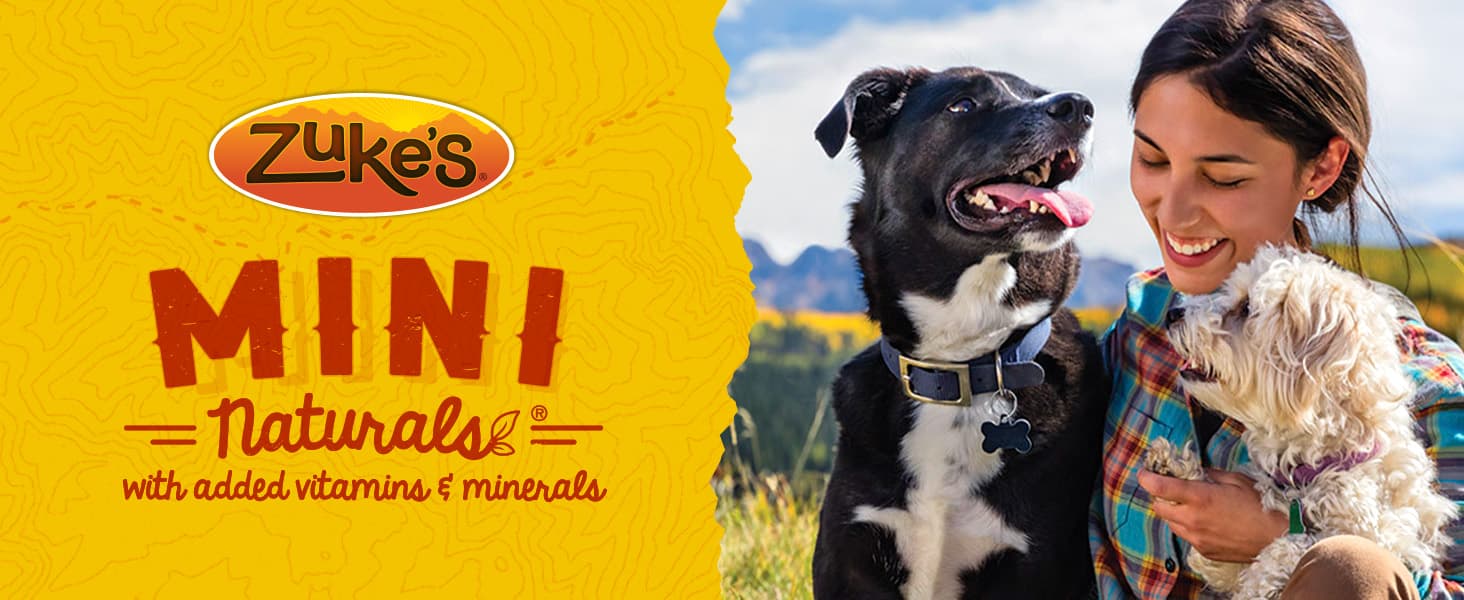Adventure photography combines technical skill with physical endurance, creating images that tell stories of exploration and discovery. Whether you are hiking remote mountains or exploring urban landscapes, these techniques will help you capture the essence of your adventures.
Essential Camera Equipment for Adventure
Camera Body Selection
DSLR vs. Mirrorless
- DSLR advantages: Longer battery life, extensive lens selection, optical viewfinder
- Mirrorless benefits: Lighter weight, compact size, better video capabilities
- Weather resistance: Essential for outdoor adventures and challenging conditions
- Backup options: Consider carrying a second camera body for important trips
Smartphone Photography
- Modern capabilities: High-quality sensors and computational photography
- Convenience factor: Always available and easy to share instantly
- Limitation awareness: Low light performance and zoom restrictions
- Accessory enhancement: External lenses and stabilizers can improve results
Lens Essentials
Landscape Photography Lenses
- Wide-angle lenses: 14-24mm for expansive vistas and dramatic foregrounds
- Standard zoom: 24-70mm for versatile composition options
- Telephoto options: 70-200mm for isolating distant subjects
- Prime lens benefits: Lighter weight and often superior image quality
Adventure-Specific Considerations
- Weather sealing: Protection against moisture and dust
- Size and weight: Balance between quality and portability
- Versatility: Lenses that work in multiple shooting scenarios
- Protection: Lens filters and protective cases for harsh conditions
Support and Accessories
Tripod Selection
- Carbon fiber: Lightweight yet stable for long hikes
- Compact travel tripods: Balance between stability and portability
- Smartphone adapters: For mobile photography stabilization
- Maintenance: Regular cleaning and lubrication for reliable performance
Power Management
- Extra batteries: Cold weather drains batteries faster
- Portable chargers: Solar chargers and power banks for extended trips
- Battery grips: Extended power and better ergonomics
- Conservation techniques: Settings to maximize battery life in field conditions
Storage and Protection
- Memory cards: Multiple high-capacity, fast cards
- Weather protection: Rain covers and dry storage options
- Impact protection: Padded cases and protective wraps
- Backup storage: Portable drives for image backup during long trips
Landscape Photography Techniques
Understanding Light
Golden Hour Magic
- Timing calculation: Using apps to predict best light times
- Direction awareness: How light angle affects landscape mood
- Color temperature: Warm vs. cool light and its emotional impact
- Shadow play: Using shadows to create depth and interest
Blue Hour Opportunities
- Extended shooting time: Longer window for landscape photography
- Balanced exposure: Sky and land luminance more similar
- City lights: Urban landscapes during blue hour
- Planning tools: Apps for predicting blue hour timing
Composition Strategies
Rule of Thirds and Beyond
- Horizon placement: Upper or lower third for different emphasis
- Leading lines: Rivers, paths, and ridges that guide the eye
- Foreground interest: Close elements that add depth to wide landscapes
- Breaking rules: When to ignore traditional composition guidelines
Depth and Scale
- Layering elements: Foreground, middle ground, and background
- Size reference: Including people or objects for scale
- Atmospheric perspective: Using haze and distance for depth
- Focal length choice: How lens selection affects depth perception
Technical Settings
Exposure Techniques
- Hyperfocal distance: Maximizing depth of field in landscapes
- Focus stacking: Combining multiple images for extended depth
- Exposure blending: HDR and manual blending techniques
- Long exposure: Using neutral density filters for motion blur effects
Camera Settings
- Aperture selection: Balancing depth of field and sharpness
- ISO management: Minimizing noise while maintaining image quality
- Shutter speed: Controlling motion and camera shake
- Shooting modes: When to use manual vs. aperture priority
Action and Adventure Photography
Capturing Movement
Freezing Action
- Shutter speed selection: Fast speeds for crisp action shots
- Continuous autofocus: Tracking moving subjects effectively
- Burst mode: Capturing the perfect moment in sequences
- Anticipation: Predicting action for better timing
Motion Blur Techniques
- Panning: Following subjects while using slower shutter speeds
- Creative blur: Using movement for artistic effect
- Stabilization: When to use and when to disable image stabilization
- Handheld techniques: Maintaining stability without tripods
Adventure Sports Photography
Safety Considerations
- Personal safety: Never compromise safety for a photograph
- Subject safety: Not interfering with athletes' performance
- Environmental awareness: Understanding risks in adventure locations
- Equipment protection: Securing gear during active shooting
Technical Challenges
- Extreme conditions: Shooting in harsh weather and environments
- Low light situations: Early morning and late evening adventures
- Dust and moisture: Protecting equipment from environmental damage
- Battery performance: Cold weather effects on camera batteries
Portrait Photography in Adventure Settings
Environmental Portraits
Incorporating Landscape
- Subject placement: Positioning people within dramatic landscapes
- Scale relationship: Showing human interaction with natural environments
- Lighting challenges: Balancing subject and background exposure
- Weather considerations: Using natural elements for dramatic effect
Storytelling Elements
- Gear inclusion: Showing equipment that tells adventure stories
- Action context: Capturing people engaged in activities
- Emotional expression: Conveying the feeling of adventure
- Cultural context: Including local people and customs
Technical Portrait Considerations
Outdoor Lighting
- Harsh sunlight: Using reflectors and fill flash techniques
- Overcast conditions: Soft, even lighting for flattering portraits
- Golden hour portraits: Warm, directional light for dramatic effect
- Backlighting: Creating rim light and silhouette effects
Focus and Depth
- Shallow depth of field: Isolating subjects from busy backgrounds
- Environmental context: Including enough background for story
- Eye focus: Ensuring sharp focus on subject's eyes
- Group compositions: Managing depth of field for multiple subjects
Weather and Challenging Conditions
Shooting in Extreme Weather
Rain and Moisture
- Equipment protection: Rain covers and weather sealing importance
- Creative opportunities: Using rain for dramatic effects
- Lens management: Preventing fogging and water spots
- Safety priorities: When conditions become too dangerous
Snow and Cold
- Battery management: Cold weather battery performance
- Condensation prevention: Temperature transition techniques
- White balance: Correcting for snow's color cast
- Creative snow shots: Using weather for artistic effect
High Altitude Photography
Technical Challenges
- UV exposure: Increased ultraviolet light at altitude
- Battery performance: Reduced performance in cold, thin air
- Condensation: Temperature changes affecting equipment
- Breathing considerations: Physical exertion at altitude
Unique Opportunities
- Clear atmosphere: Reduced haze for sharp distant subjects
- Dramatic skies: Enhanced contrast and cloud formations
- Sunrise/sunset: More dramatic colors at elevation
- Star photography: Reduced light pollution and clearer skies
Post-Processing for Adventure Photos
Workflow Organization
File Management
- Folder structure: Organizing by trip, date, and location
- Keyword tagging: Making images searchable later
- Backup strategy: Multiple copies in different locations
- Culling process: Selecting best images efficiently
Software Selection
- Adobe Lightroom: Industry standard for photo organization
- Capture One: Alternative with excellent color handling
- Mobile apps: Field processing on tablets and smartphones
- Cloud workflows: Syncing between devices for remote editing
Enhancement Techniques
Landscape Processing
- Dynamic range: Bringing out details in shadows and highlights
- Color grading: Enhancing natural colors without oversaturation
- Sharpening: Optimizing for different output sizes
- Noise reduction: Cleaning up high ISO images
Adventure Specific Adjustments
- Dust removal: Cleaning sensor spots and environmental debris
- Perspective correction: Fixing tilted horizons and distortion
- Selective adjustments: Enhancing specific areas of images
- Black and white conversion: Creating dramatic monochrome images
Storytelling Through Photography
Creating Photo Essays
Narrative Structure
- Opening shots: Wide establishing images that set scene
- Detail images: Close-ups that add intimate perspective
- Action sequences: Movement and activity that advance story
- Closing images: Reflective or summary photographs
Emotional Arc
- Anticipation: Building excitement before adventure
- Challenge: Documenting difficulties and obstacles
- Achievement: Capturing moments of success and joy
- Reflection: Quiet moments that show contemplation
Series Development
Consistent Vision
- Color palette: Maintaining consistent look across images
- Style consistency: Similar processing and composition approach
- Theme development: Cohesive narrative throughout series
- Editing discipline: Selecting only images that support story
Sequencing
- Flow between images: Smooth transitions that guide viewer
- Pacing variation: Mixing wide shots with intimate details
- Climax placement: Positioning strongest images strategically
- Resolution: Satisfying conclusion to visual story
Sharing and Publishing Adventure Photography
Social Media Strategy
Platform Selection
- Instagram: Visual storytelling and hashtag discovery
- Facebook: Longer captions and album organization
- YouTube: Video content and photography tutorials
- Specialized platforms: 500px, Flickr for photography communities
Content Strategy
- Consistent posting: Regular sharing to maintain engagement
- Behind-the-scenes: Showing process and equipment
- Story captions: Adding context and adventure details
- Engagement: Responding to comments and building community
Professional Opportunities
Stock Photography
- Market research: Understanding what adventure images sell
- Technical requirements: Meeting quality standards for stock sites
- Keyword optimization: Making images discoverable
- Model releases: Legal requirements for people in images
Publication Submissions
- Magazine markets: Outdoor and adventure publications
- Website content: Travel blogs and adventure sites
- Book opportunities: Coffee table books and guidebooks
- Assignment work: Building relationships with editors
Ethics and Responsible Photography
Environmental Impact
Leave No Trace
- Location protection: Not revealing sensitive locations
- Physical impact: Minimizing damage while photographing
- Wildlife distance: Respecting animals and their habitats
- Group size: Limiting impact of photography groups
Cultural Sensitivity
- Permission seeking: Asking before photographing people
- Cultural understanding: Respecting local customs and beliefs
- Compensation: Fair payment for cultural photography
- Representation: Avoiding stereotypes and exploitation
Safety and Risk Management
Personal Safety
- Skill assessment: Not exceeding personal abilities for photos
- Weather monitoring: Avoiding dangerous conditions
- Communication: Letting others know your photography plans
- Emergency preparation: Carrying safety equipment and communication devices
Subject Safety
- Model safety: Ensuring subject safety during shoots
- Environmental hazards: Warning subjects of potential dangers
- Informed consent: Making sure people understand risks
- Professional standards: Maintaining ethical shooting practices
Building Adventure Photography Skills
Practice and Development
Local Adventures
- Nearby exploration: Finding adventure close to home
- Skill building: Practicing techniques in familiar environments
- Equipment testing: Learning gear capabilities before major trips
- Seasonal variety: Experiencing different conditions locally
Workshop and Education
- Photography workshops: Learning from experienced adventure photographers
- Online courses: Continuing education from home
- Mentorship: Finding experienced photographers for guidance
- Peer learning: Connecting with other adventure photographers
Portfolio Development
Image Selection
- Quality over quantity: Choosing only strongest images
- Variety demonstration: Showing range of skills and conditions
- Story cohesion: Selecting images that work together
- Technical excellence: Ensuring all images meet professional standards
Presentation Formats
- Online portfolios: Website and social media presentation
- Print portfolios: Physical presentation for meetings
- Slide shows: Dynamic presentation with music and transitions
- Book creation: Self-publishing photography books
Conclusion
Adventure photography is about more than just technical skills—it is about being present in extraordinary moments and having the ability to share those experiences with others. The best adventure photographs combine technical excellence with emotional resonance, telling stories that inspire others to explore and appreciate the natural world.
Remember that the most important element is not the camera you carry, but your willingness to venture into new places and see them with fresh eyes. Technical skills can be learned and equipment can be upgraded, but the adventurous spirit that drives great photography comes from within.
Start with the gear you have, focus on developing your eye for composition and light, and gradually build both your technical skills and equipment collection. Most importantly, prioritize safety and environmental responsibility—no photograph is worth injury or environmental damage.
The journey of improving your adventure photography skills is itself an adventure. Embrace the learning process, celebrate small improvements, and remember that every expert was once a beginner who kept practicing and pushing boundaries.
Adventure photography offers the unique opportunity to combine your passion for exploration with creative expression, creating images that preserve memories and inspire others to seek their own adventures.









